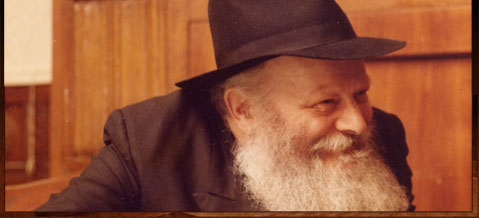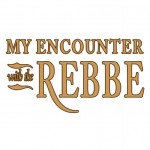Rabbi Pinney Herman
We were a typical American Jewish family. My father was an attorney, and my mother a teacher, and they had a daughter, a son, and a dog. We were members of our Conservative synagogue in Pittsburgh, where my father sang in the choir.
But my mother didn’t like our local public school system, and she wanted to see what else was out there. She went to check out the local Lubavitch day school, which impressed her, and she ended up sending my older sister and me there.
Slowly but surely, we started learning, and then adopting, more and more of traditional Judaism. The community of families who sent their children to Lubavitch was a closely connected group, but a mixed one. Some were Chabad chasidim of course, but most came from other sects of Orthodox Judaism.
Back then, in the early 70s, there were not many families like ours in Pittsburgh who were becoming more observant. While we enjoyed the camaraderie of the community, many people weren’t sure what to make of us.
“It’s nice that you’re getting involved with Lubavitch and becoming more religious,” one of the non-Lubavitch women in the community told my mother at one point. “Really, it’s wonderful. But you should also know that you’re never going to be one of them.”
This woman wasn’t trying to be mean. She thought it was for our good that we not have unrealistic expectations about our ability to integrate and become a part of this chasidic community. Nevertheless, my mother didn’t know what to make of it: Are we accepted in this community? Are we not? Are we halfway? And so she decided to write to the Rebbe, introducing herself and asking this question. (more…)





